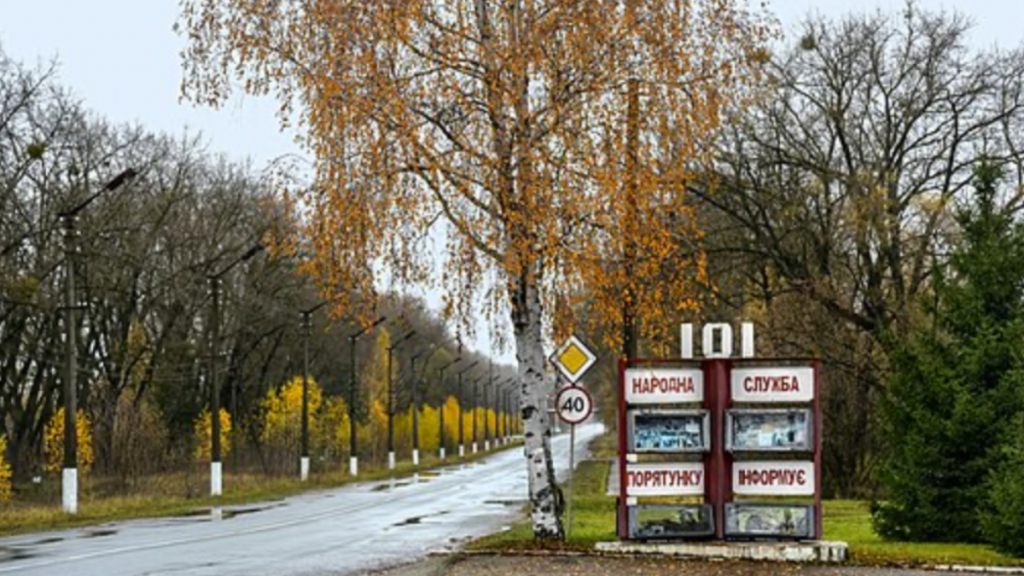Roundworms living in Chernobyl seem to have mutated in a way that keeps them completely free of radiation damage, which may give scientists a new perspective on cancer research.
Humans were banned from the 1,000 square mile exclusion zone after the nuclear power station exploded in 1986. It will be thousands of years before the area is clear of the leftover radiation.
While people stay clear of Chernobyl, animals still live within the limits, which has allowed scientists to study the effects of long-term exposure.
Microscopic Nematodes from the fall-out zone have no signs of genome damage, while every other organism living in the area has an extremely high chance of cancer, mutation, and death. The finding suggests that the worms can adapt to inhospitable conditions.
Sophia Tintori, who leads a team of biologists at New York University, says this information could help scientists understand DNA repair mechanisms that they could later adapt to human medicine.
“[Chernobyl] was a tragedy of incomprehensible scale, but we still don’t have a great grasp on the effects of the disaster on local populations,” Sophia said in a press release. “Did the sudden environmental shift select for species, or even individuals within a species, that are naturally more resistant to ionizing radiation?”
Chernobyl Worms Are Already Offering Answers
Roundworms have short lives and simple genomes, which means biologists can study several generations in a short time. This makes it easy for the teams to find answers relatively fast. So Sophia and her team wore protective suits, went into the zone, and collected specimens from rotten fruit, leaf litter, and dirt.
After, they cultured nearly 300 of the worms, selected 15 specimens for genome sequencing, and then compared them to 15 specimens from several countries around the world. After multiple comparisons and tests, the biologists concluded that the radiated environment had no impact on the Chernobyl roundworms.
“Now that we know which strains of O. tipulae are more sensitive or more tolerant to DNA damage, we can use these strains to study why different individuals are more likely than others to suffer the effects of carcinogens,” Sophia continued. “Thinking about how individuals respond differently to DNA-damaging agents in the environment is something that will help us have a clear vision of our own risk factors.”
You can find the source of this story’s featured image here.
Want to be happier in just 5 minutes a day? Sign up for Morning Smile and join over 455,000+ people who start each day with good news.



